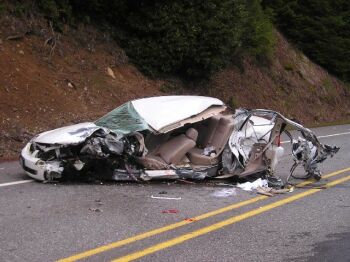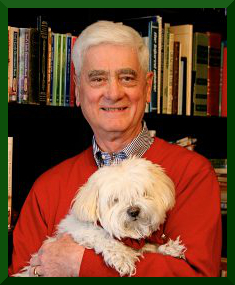 It was a beautiful Fourth of July in Hartford, Wisconsin, and Mary and I were celebrating at a cook-out with some friends when my beeper rang just as the burgers were put on the fire.
It was a beautiful Fourth of July in Hartford, Wisconsin, and Mary and I were celebrating at a cook-out with some friends when my beeper rang just as the burgers were put on the fire.
In those days our Hospital didn’t employ physicians to work the emergency room so the Medical staff took turns covering. That day I was on call. When my beeper sounded. I gave a sigh of relief, thankful that we had just purchased beepers. Before that, doctors had to stay within hearing of a land phone. Cell phones had not been invented.
I called the hospital and was told to get there as fast as I could because the ambulance was bringing in two young girls from a car accident. Fortunately, I was close and met the ambulance at the e.r. door.
“We’re too late,” the ambulance driver told me with tears running down his cheeks. “Their’re both gone.”
Mother, her sister, and her mother had been sitting at a stop sign with the two girls on their laps. None were using seat belts. A drunk driver came down the hill directly in front of them and without stopping, crossed the middle line and crashed head on into their pick-up.
At impact all the passengers were thrown forward and the girls were crushed between the older women and the dash. The adults were not significantly injured, but both of these grade school girls died before the ambulance could arrive.
My job was to pronounce them dead and inform the family. I’ll not describe the girls injuries; I don’t want to re-live the experience and you don’t want to hear about it.
The sky was not as blue, the birds were not singing on my way back to the party. With a heavy heart and blood shot eyes I whispered to Mary that I had to go home and see the kids. She could stay if she wanted to.
She could see my anguish, gave me a hug, and we excused ourselves and went home.
This horror could have been prevented by seat belts which were not present in all vehicles back then, and many people who had them did not use them.
The AAP named use of seat belts, car seats, and infant carriers as one of the greatest achievements in pediatrics in the past 40 years. In children younger than 1 year, using infant car seats decreases mortality by 71%: car seats reduce the risk of injury by 54% in children 1-4 years old; and in children 4-8 years old, booster seats reduce the risk by 45%. Seat belts reduce car deaths for adults by 50%. Yet more than 2,000 kids die of car accidents in the US every year.
Even with these advances, motor vehicle accidents are the number one cause of death in children age 1 – 18. One in 3 children who die in a motor vehicle collision are unrestrained.
I have told this story and others like it to many, many families who do not use seat restraints. I have never seen anyone injured by a seat belt, cut in half by a seat belt or trapped in a car with one. I have heard from one man who received major burns when he was unable to release his belt, but he lived to tell me about it.
My prayer is that those who do not use seat belts will hear these stories, change their attitudes, and become habitual users of seat belts. It only makes sense.
